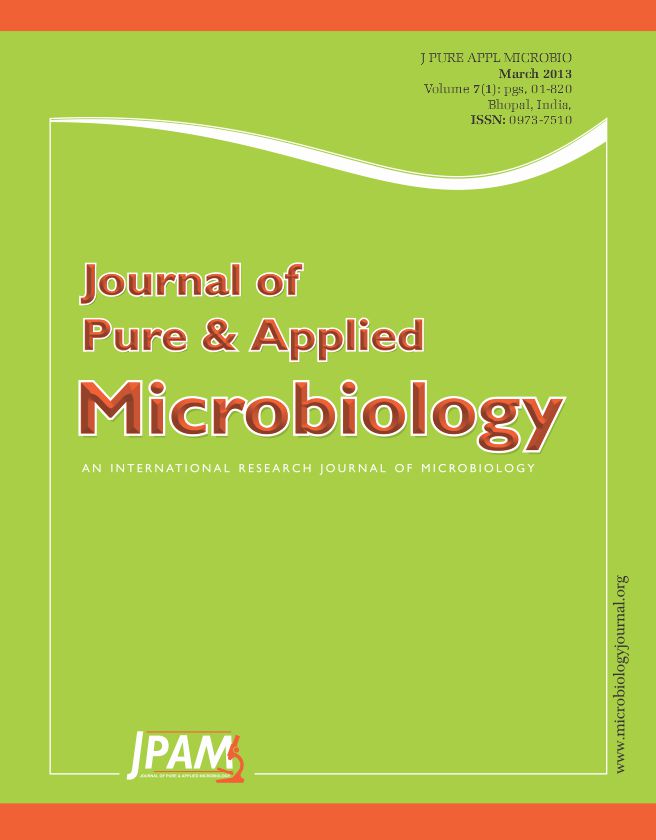Growing evidences indicate that fungi like Aspergillus in indoor environment can pose serious threat to public health. Many professions and lifestyles like closed-room living, expose healthy individuals to pathogenic Aspergillus, resulting invasive infection in some of them, which may be life-threatening. Inhalation can show the way to invasive aspergillosis in immuno-compromised individuals and respiratory allergy in healthy ones. Although we have been hindered by profound ignorance of the biology of these important environmental contaminants, evidence for indoor mould exposure and exacerbations of respiratory diseases is strong. These evidences pressurize us to typify the pathogenic species in the indoor air by molecular methods and to redesign our hygienic strategies which so far were targeting mostly the pathogenic bacteria.
Allergy, Aspergillus, Aspergillosis, Indoor air, Invasive, Molecular typin
© The Author(s) 2014. Open Access. This article is distributed under the terms of the Creative Commons Attribution 4.0 International License which permits unrestricted use, sharing, distribution, and reproduction in any medium, provided you give appropriate credit to the original author(s) and the source, provide a link to the Creative Commons license, and indicate if changes were made.


